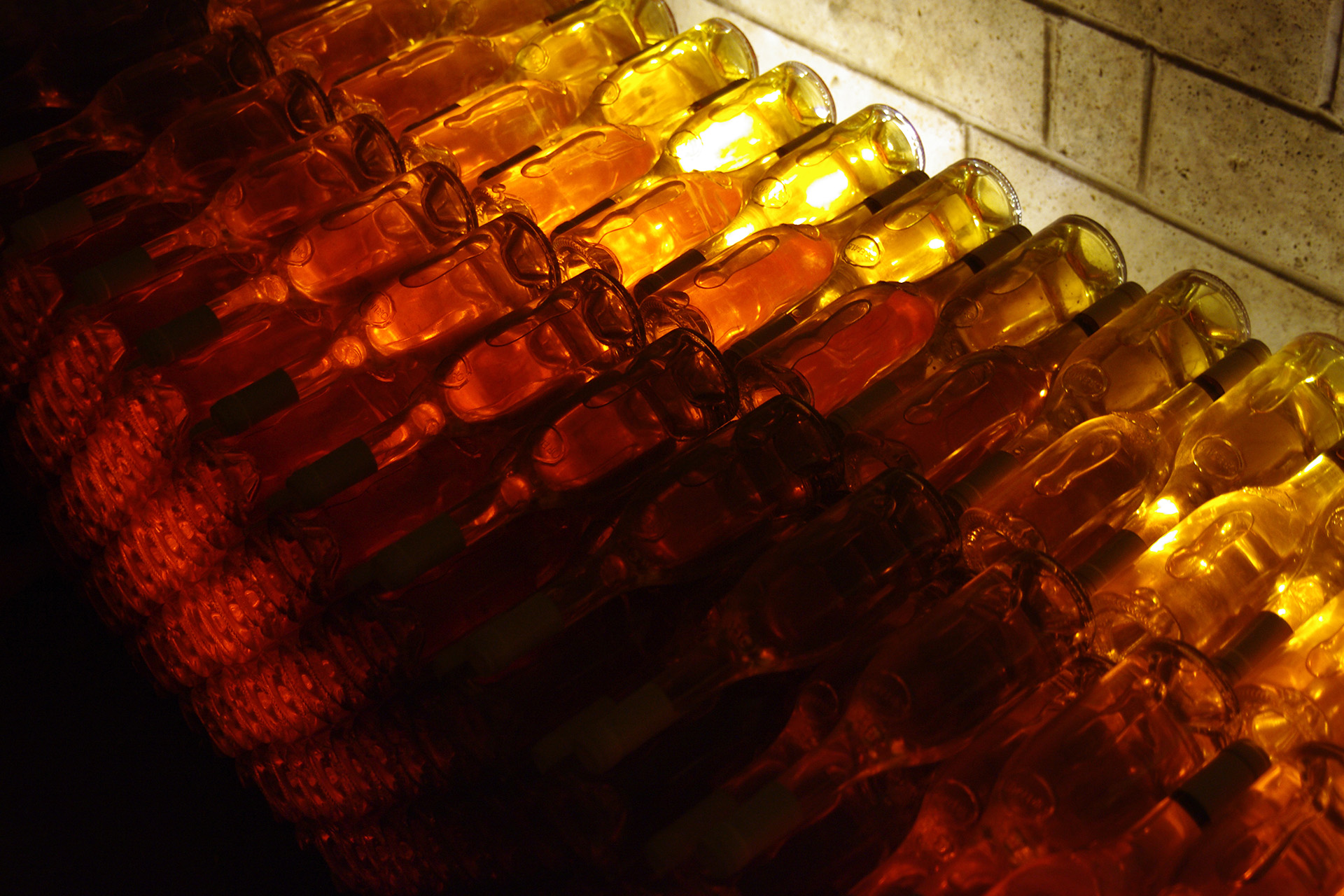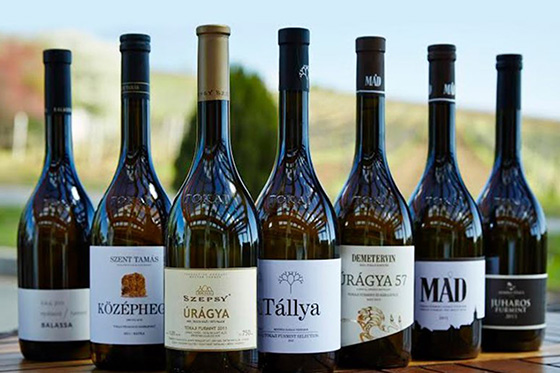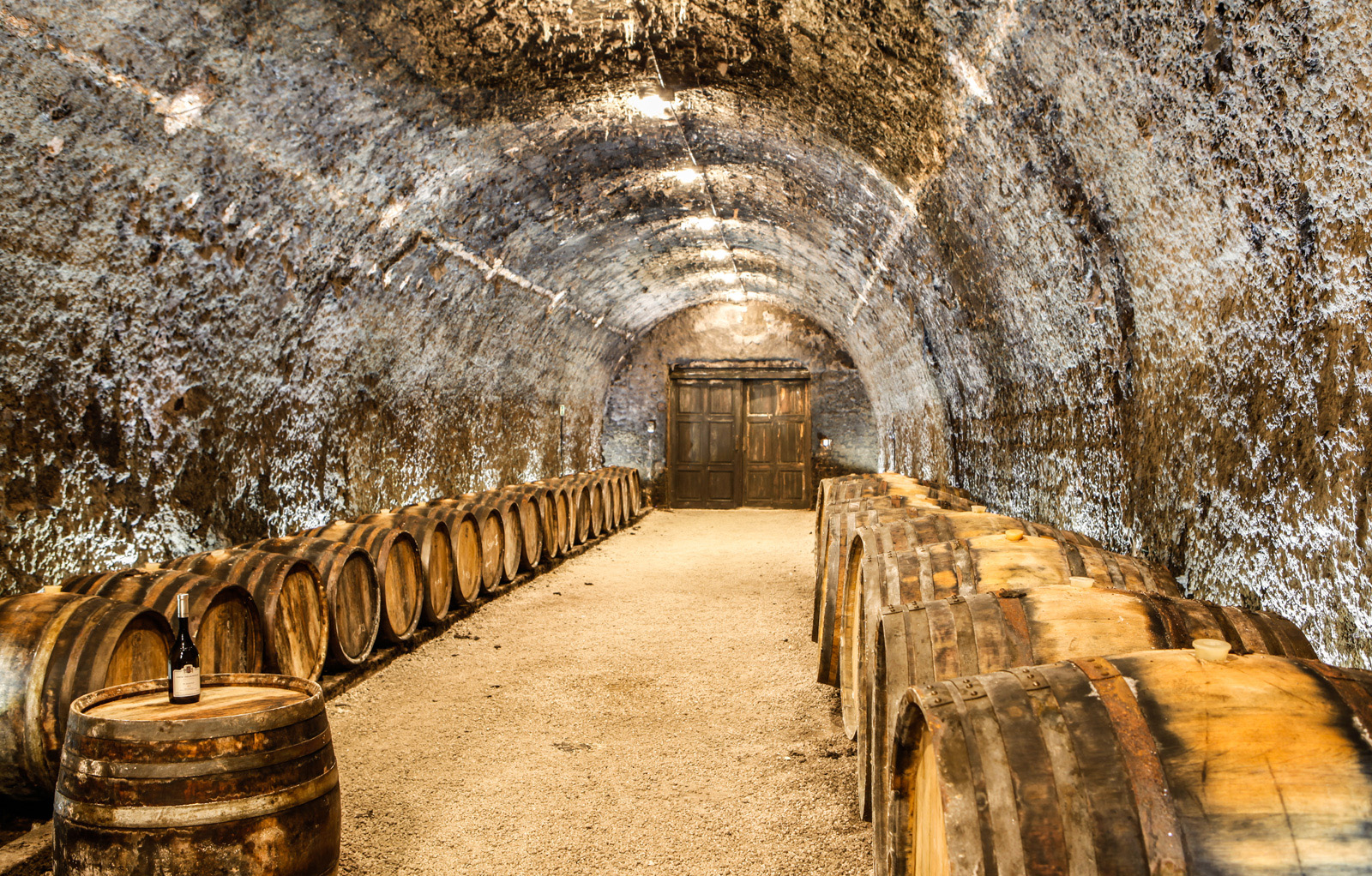When the last Russian soldier left Hungary in 1991, a really enthusiastic atmosphere ensued, which also affected winemakers. Many in Tokaj believed that Tokaji wine, after its long period of neglect, would regain its rightful place in international wine trade in no time at all and that within a few years the British queen and French president would once again be making toasts with Tokaji at the end of their receptions. There was a bitter awakening from this dream...
The whole thing also started with the changes in trends regarding Tokaji aszú and global wine consumption over the last few centuries. I have already written about this here and there, so now I’ll just run through it again very briefly. Due to the partition of Poland and then the Habsburg customs policy, Tokaji began to lose its markets; it then failed to gain access to the British market due to technological backwardness and winemakers’ attitudes (thanks to the lack of appropriate treatment, the sweet wines began to re-ferment in the bottle). This was followed by phylloxera (after which, at least, the region managed to rationalise its structure of grape varieties, resulting in the trinity of Furmint, Hárslevelű and Sárgamuskotály which has prevailed until today), and then Hungary’s enormous loss of territory following WWI, which also meant the loss of internal markets for Tokaji wine. Finally, along came belated technological intervention (the authorisation of fortified Tokaji), WWII, the Soviet takeover and the transition to mass production. Thus, first growth areas cultivated for 600 years disappeared and the forest reclaimed them. Thus, the wine’s dominant flavour characteristics became bread crust and walnut. Thus, private ownership was ended and the entire wine region became the playground of the state cooperative. And thus, the Soviet Union became the sole market for the ‘new Tokaji aszú’.
This was Tokaj’s situation when changes came in 1991. Those who believed that the world could be conquered with such wines were soon proven wrong. Fortunately, some people recognised this early on - in addition to foreign investors, István Szepsy, Vince Gergely, András Bacsó and Tibor Kovács, to mention just a few of them.

The first revolution broke out regarding aszú. The newly founded, predominantly French-owned wineries, such as Hétszőlő and Disznókő, produced such aszús, and sent them to the national wine quality institute (OBI – who issue the marketing permit), which were a radical break from the picture of the preserved aszú of the previous 40 years; they were something akin to the wines known by the world as Tokaji at the beginning of the 20th century! The aszús were fresh, fruity and citrusy; there was no hint of the aggressive oxidisation and addition of alcohol. It’s not a widely known story, but the OBI regularly mowed down these wines, i.e. wouldn’t allow them to be sold, saying that they would damage Tokaj aszú’s reputation!!! At that time, nobody had even considered the ‘great dry Furmint’, but it is a mistake to believe that no dry Tokaji existed...
Even in the mid-nineties, most of the large estates produced dry wine, but rather thanks to the possibilities afforded by technology. It was the time of otherwise acceptable, faultless wines, often with raw acidity, so it’s little wonder that these wines left no serious imprint on consumers’ memories. Later, at the end of the nineties and the start of the 2000s, further changes took place; new investors appeared, for example Antony Hwang (Királyudvar), Chateau Dereszla and Degenfeld, who looked at the wines, the grape varieties and the potential from a different perspective. It became clear that despite changing the style of aszú, winemakers were never going to become millionaires. However, what’s more important is that thanks to one winemaker and one wine writer, amazing development was kicked off in the wine region, especially in Mád. István Szepsy and László Alkonyi did more than anyone else for Tokaj in the twentieth century. Alkonyi tirelessly travelled the wine region, tasted the wines and often wrote not exactly overly refined critiques, and researched those vineyard tracts forgotten for a hundred years, the old vineyard classification and the characteristics of the terroir. Whereas Istvan Szepsy, who was an inseparable friend of Alkonyi at the time, produced the already legendary ‘first’ dry Furmint, more specifically the 2000 Úragya (vineyard-selected) Furmint. That wine showed something completely different about both Tokaj and Furmint.

Further changes followed towards the end of the 2000s. By that time, everybody was already talking about the vineyards, the rocks and Furmint; however, the world had not yet caught onto the story. Some new names appeared in the meantime, people who had until that point been working for others and now started building up their own independent wineries, people such as Zoltán Demeter, Stéphanie Berecz (Kikelet), Sarolta Bárdos (Tokaj Nobilis), József Bodó and Judit Bott (Bott Pince), and people who had just arrived in the wine region, such as Attila Homonna and Lászlo Szilágyi (Gizella Pince). These often small, strictly family wineries also no longer really wanted to work with sweet wines (neither with aszú nor other sweet wine); they were only interested in the vineyards and dry wines! In turn, such benchmark wines were born which projected a new image of both Furmint and Hárslevelű, breaking with the pursuit of concentration at any cost, which had often resulted previously in extremely high alcohol. An elegant, tight, yet mineral dry Tokaji wine was born.

The breakthrough was not long in coming. László Alkonyi immediately realised that the world was in need of something like this. Naturally, the domestic market reacted first, the largest show dedicated to the Furmint variety, Furmint February, took place for the first time, followed by HÉJ (Harslevelű Night) and slowly but surely consumers also started to talk about vineyards, the ancient lands and a new style of Furmint, which, maybe not so strangely, also led to the renaissance of aszú. Hungarian wine lovers – and wine writers – were also followed by international players; Matt Kramer, Jancis Robinson and, of course much earlier, Hugh Johnson, who was involved in the establishment of Royal Tokaji at the beginning of the nineties. Later, Tim Atkin, Darrel Joseph and Chris Boiling also concerned themselves more and more often with Tokaj, which has resulted on the one hand with an increased appetite for investment and on the other with the majority of winemakers going through the ‘mandatory’ change for the better. Therefore, we already know of at least 80 such market players (good for us, isn’t it?) in Tokaj, who are making better and better dry wines. Mád is playing an indisputably leading role in this, but you increasingly hear about Tállya, Tarcal, Erdőbénye and Olaszliszka; however, we also hope that the eponymous Tokaj, Bodrogkeresztúr, Tolcsva, Sárospatak and Sátoraljaújhely will also soon join the Vanguard.
There’s no stopping further development either! The dry Tokaji bottle has come into being, we have the first Tokaji glass courtesy of Riedel, old buildings in the region are being renovated one after the other, there is more and more high-quality accommodation, and the country’s leaders would also seeking to achieve greater quality improvements through changes to legislation. It is true that soon several existing categories will disappear from the range of Tokaji wines (more on this and to access two great infoposters on the subject), but the change, and hopefully progress, is unstoppable. Meanwhile the revamped Confrérie de Tokaj organises an auction of the region’s wines, which goes from strength to strength each year. Although, the big hit for the coming decade, if we are to believe István Szepsy, will be vineyard-selected aszú.

Note: I deliberately did not mention in the article that the whole reason for the title story is the fact that the Gróf Degengeld winery sent one of all the wines it still has in its possession for us to taste! It’s not every day that you get such an opportunity to follow the entire history of the developments outlined in this article through the wines. The tasting notes will be published over the coming month. Once again, a big thank you to Degenfeld for the wines.






